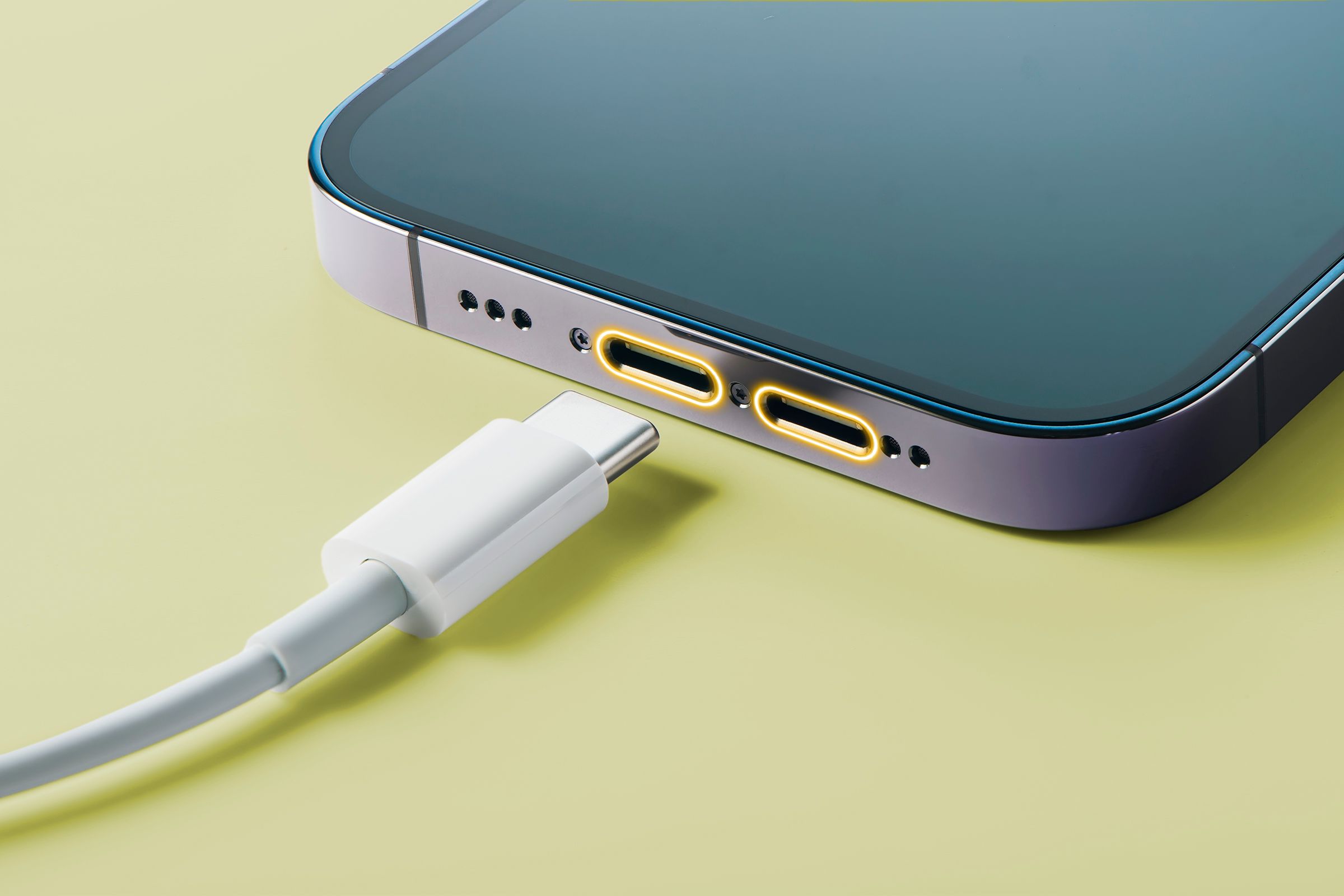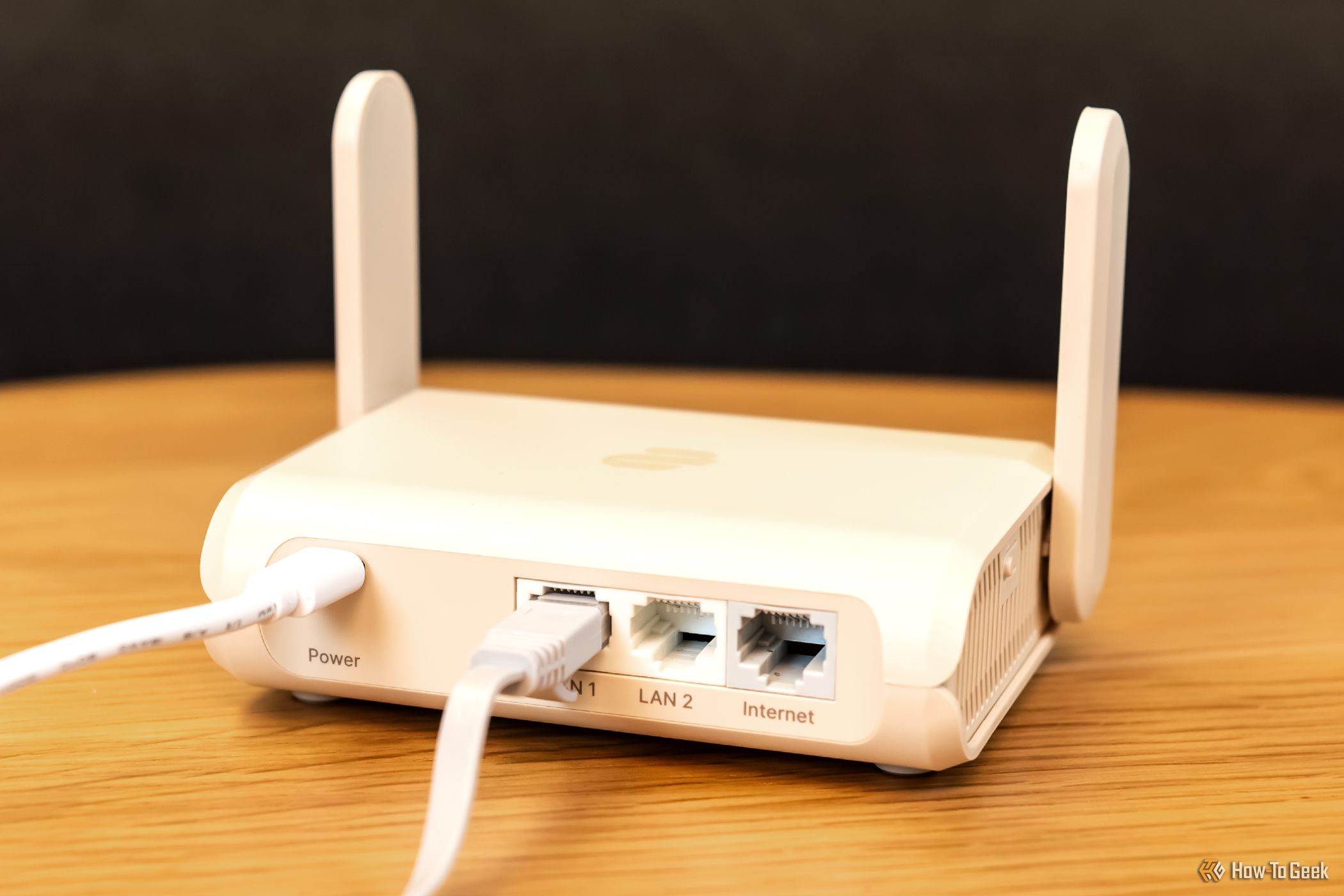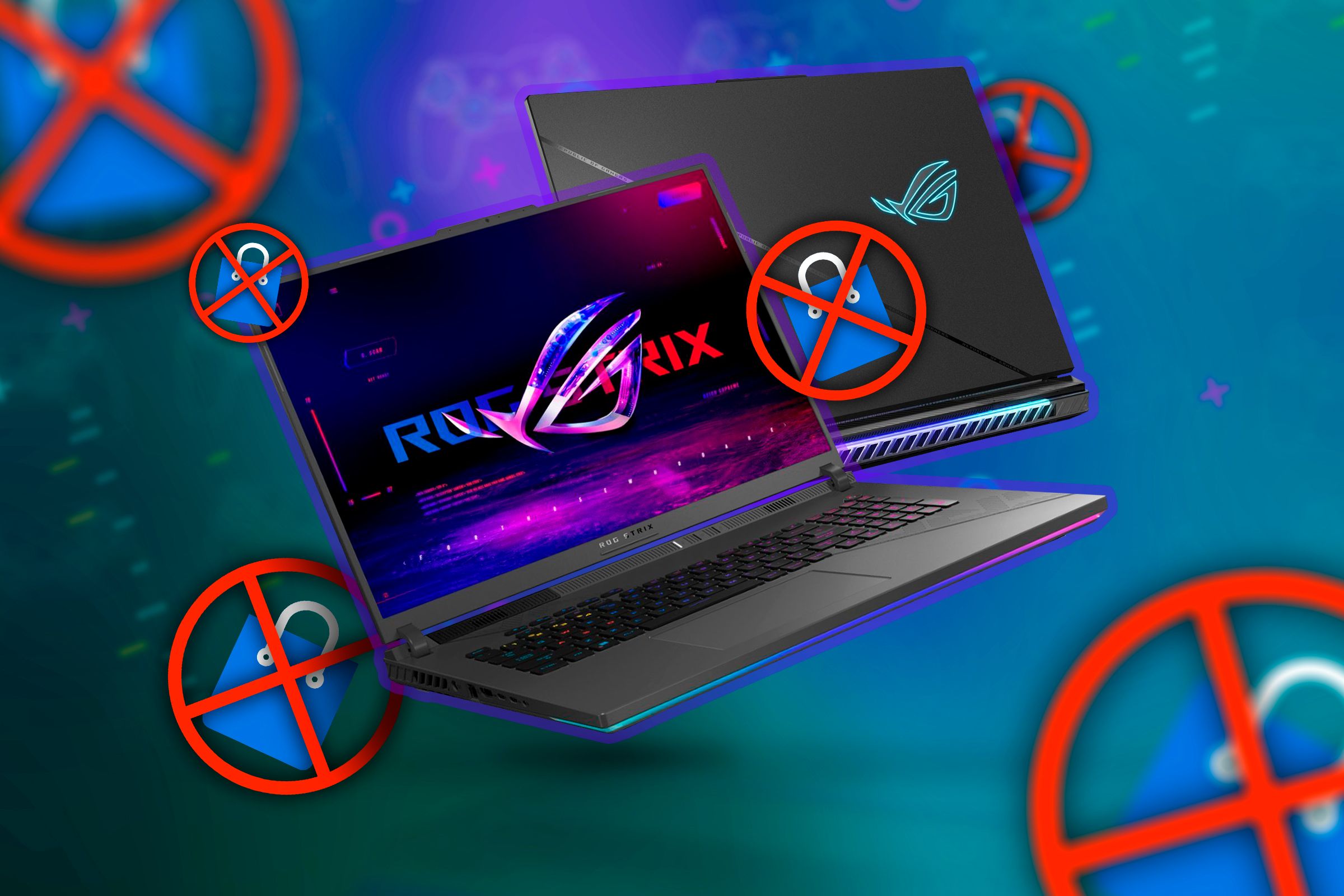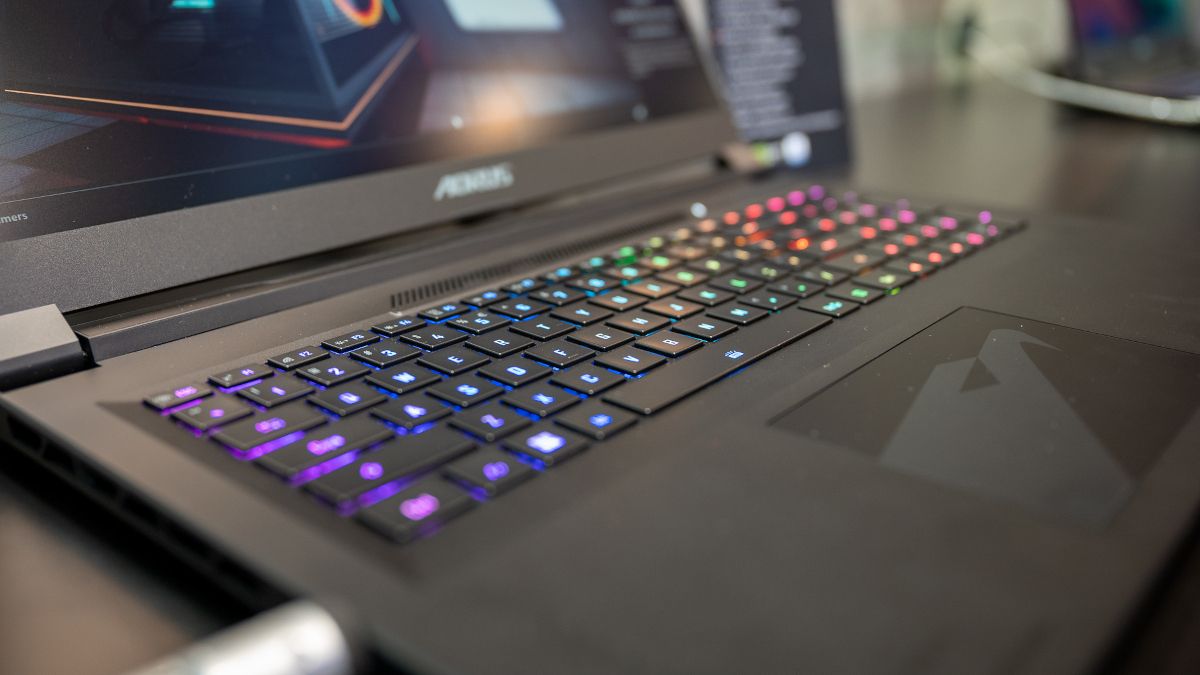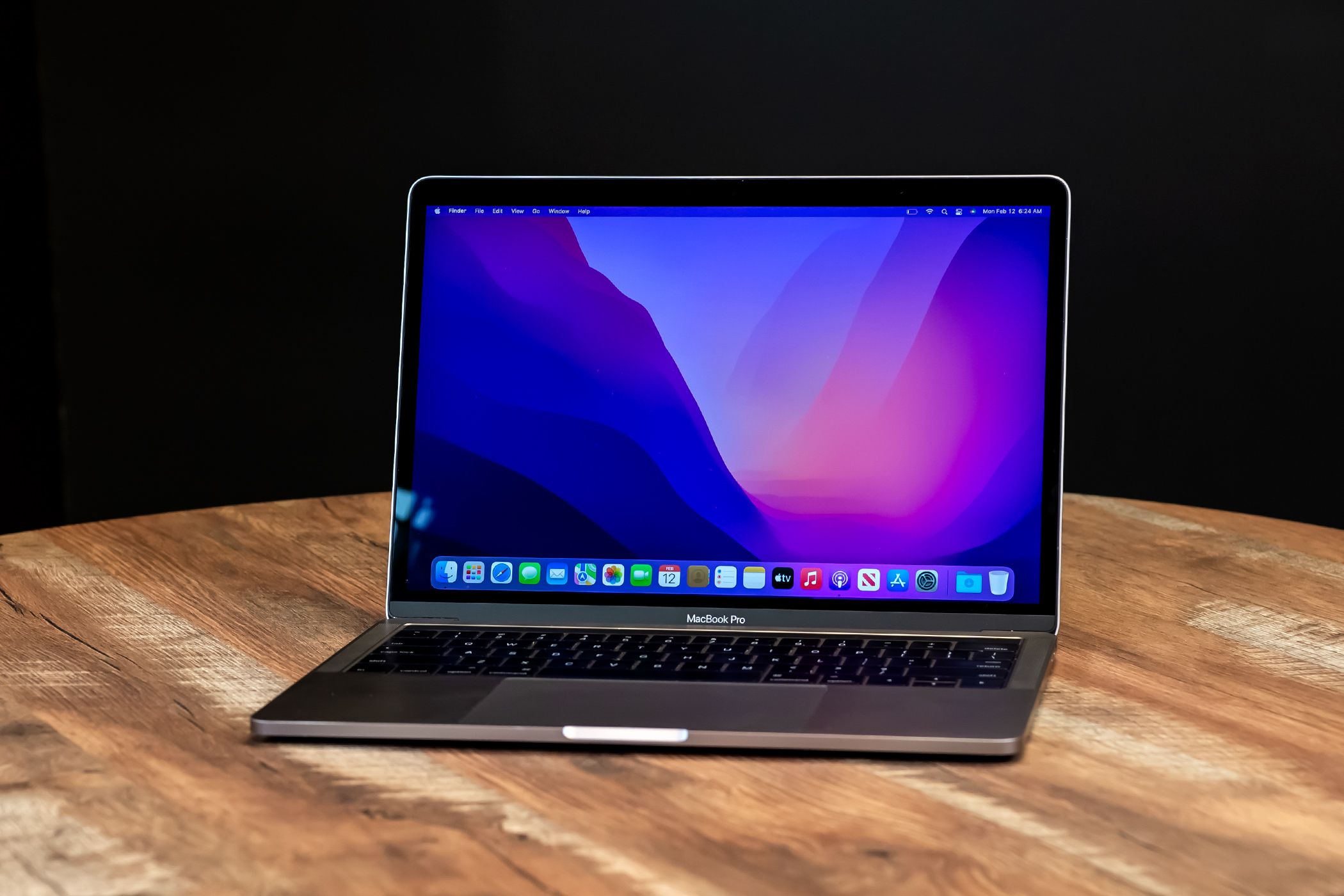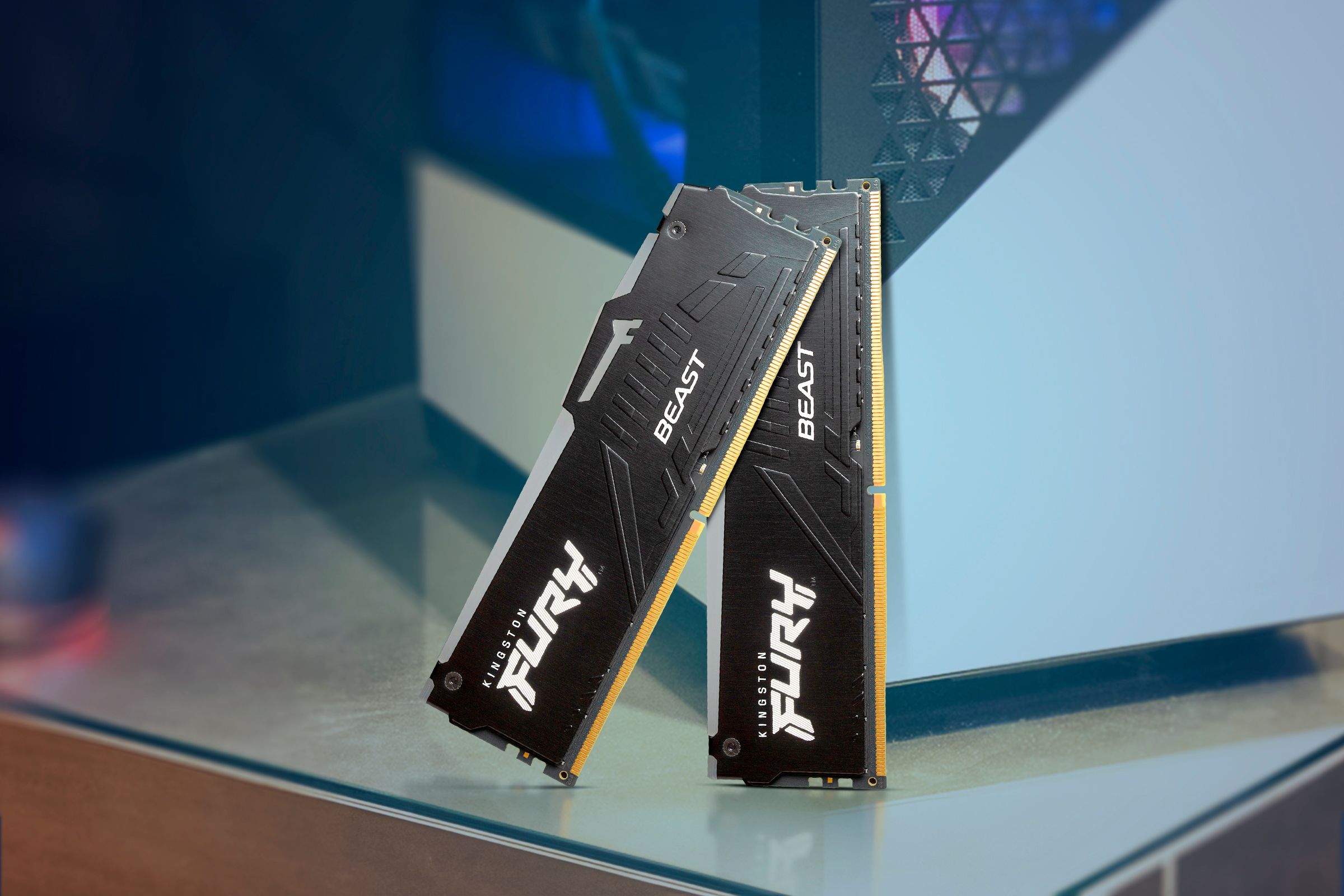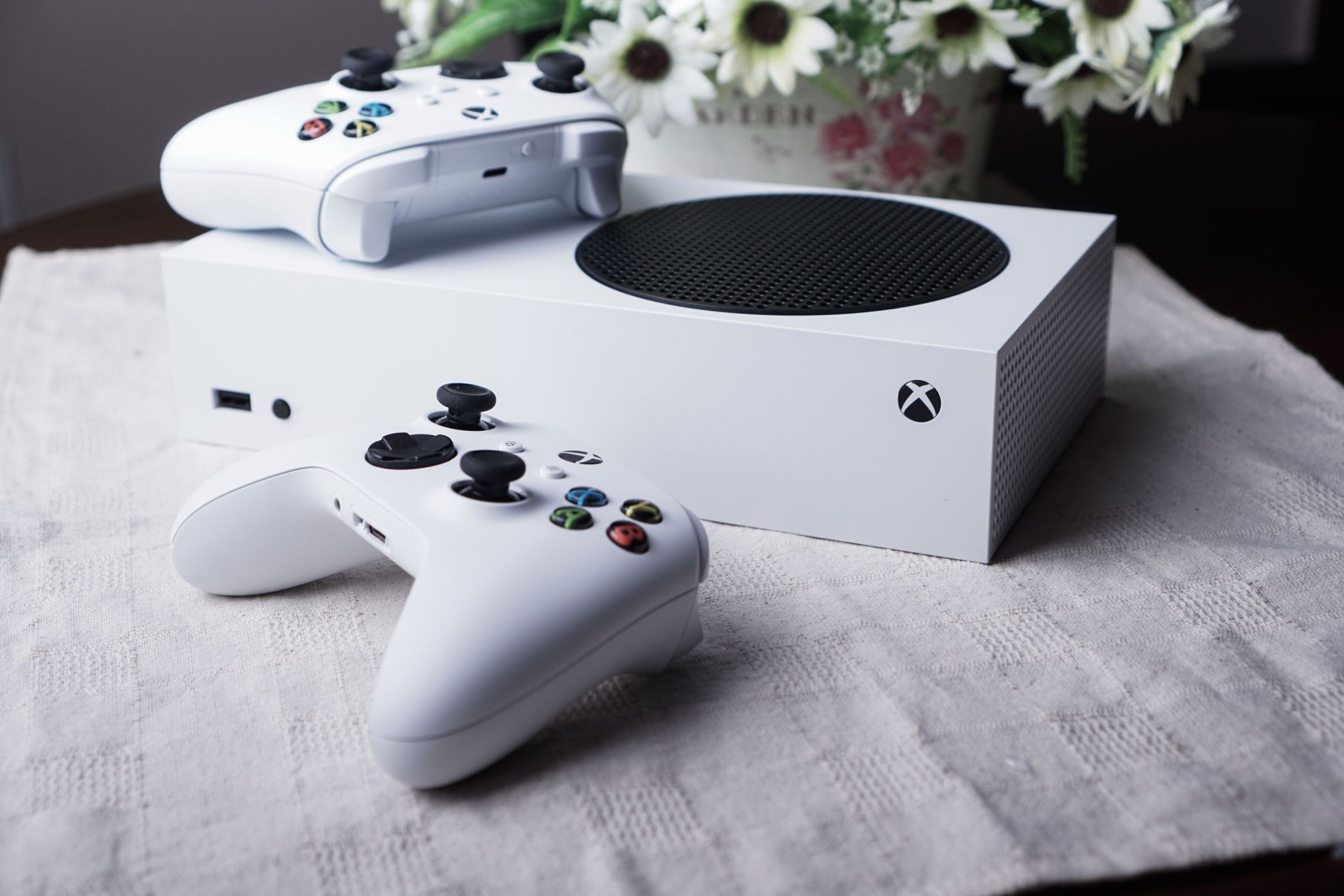Do You Need a Laptop With Dedicated Graphics?
gpu
Key Takeaways
- Dedicated GPUs provide higher performance than integrated GPUs, ideal for professional or enthusiast workloads.
- Consider battery life, as dedicated GPUs consume more power, impacting endurance.
- Integrated GPUs have improved, so research if modern laptops can meet your needs without a dedicated GPU.
One of the biggest decisions you need to make when buying a new laptop is whether your GPU should be “integrated” or “dedicated.” This has a major knock-on effect for the entire computer, so let’s get to the bottom of what makes a dGPU essential or superfluous.
What’s a Dedicated GPU?
Just like a standalone graphics card in a desktop PC, a dedicated GPU in a laptop stands on its own two feet. It has its own separate processor package, its own memory, and its own cooling system. It’s a completely separate component from the CPU.
That’s as opposed to an “integrated” GPU which sits in the same processor package as the CPU, and shares the same pool of memory.
As a rule, dedicated GPUs in laptops offer much more performance than integrated GPUs. Which is why you’ll find them in laptops aimed at gamers, creative professionals, or serious scientific and engineering workloads.
Do I Need High-End Graphics?
Performance is the main reason to opt for a dedicated GPU in a laptop. If you need to run applications that require a powerful GPU, then a dedicated GPU is invariably the way to go.
A more complicated question is whether you need high-end graphics while on the go. If you only need those high-end graphics when you’re plugged in at a desk, then consider an eGPU. This let’s you access a powerful dedicated GPU when you need one, without the drawbacks. That does mean you need to buy a laptop that supports eGPUs, but thankfully these days they aren’t rare.
How Much Does Battery Life Matter?
Dedicated GPUs tend to draw quite a bit of power, and if you want a laptop with some stamina, they might not be the best choice. That being said, many laptops offer both integrated and dedicated GPUs in the same system. For example, laptops that support NVIDIA Optimus will switch between the two GPUs dynamically based on what apps you’re using and whether you’re on battery power or not.
Regardless, laptops without dedicated GPUs generally have better battery endurance numbers, though you should always make this decision based on the battery benchmark performance of individual laptops that you are considering.
Do I Want a Thin and Light Laptop?
Dedicated GPUs require quite a bit of real estate inside a laptop. Apart from the components on the mainboard, you need heatsinks, fans, power circuitry and vents for this component on top of what the rest of the laptop requires. While some companies have managed to make thin laptops with dGPUs, such as the Razor Blade laptops, you probably don’t want to look at the asking prices for those systems.
So, assuming you are someone with a sensible budget, the best thin-and-light laptop options will be sans dedicated GPU.
Can Integrated Graphics Do the Job Now?
What makes this decision a little more complicated these days is that integrated graphics have come a long way. It used to be a simple fact that integrated GPUs were barely usable. They were OK for PowerPoint and watching some YouTube videos, but anything involving 3D would just be yet another boring slideshow.
Then AMD started upping the game with their APUs, bringing technology from their standalone GPUs into their CPUs. That’s why handheld gaming systems like the ROG Ally can play high-end games with relative ease. The latest consoles like the PlayStation 5 and Xbox Series X, technically use integrated GPUs.
Even Intel, whose integrated GPUs have been notorious for their poor performance, have finally stepped up to the plate with their modern attempts. Looking over to Apple’s MacBooks, they all use integrated GPUs, and even the lowliest MacBook Air with the M1 chip can give last-generation consoles a run for their money.
Since the performance floor for integrated graphics has been lifted so much, you should do a little research to see whether a prospective modern laptop can actually fulfill your needs with its integrated GPU. Notebook Check is a resource I use all the time to get a good idea of how various dedicated and integrated GPUs stack up. Don’t forget to check the TDP rating for individual laptops too, since the same GPU can perform differently depending on how much power it’s allowed to draw, or how hot it’s allowed to get.









